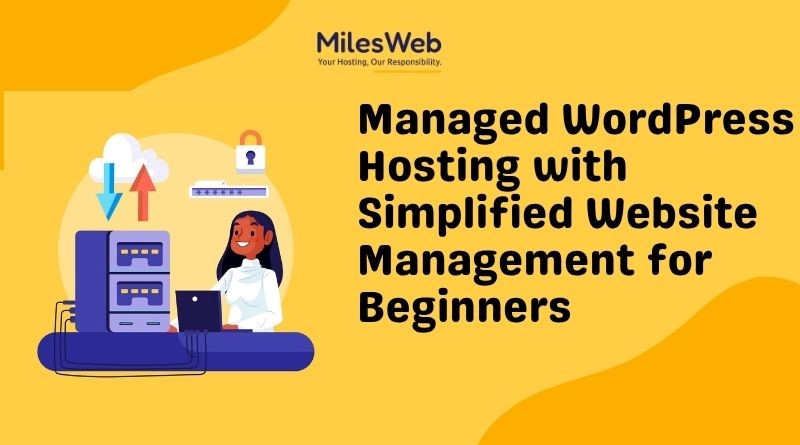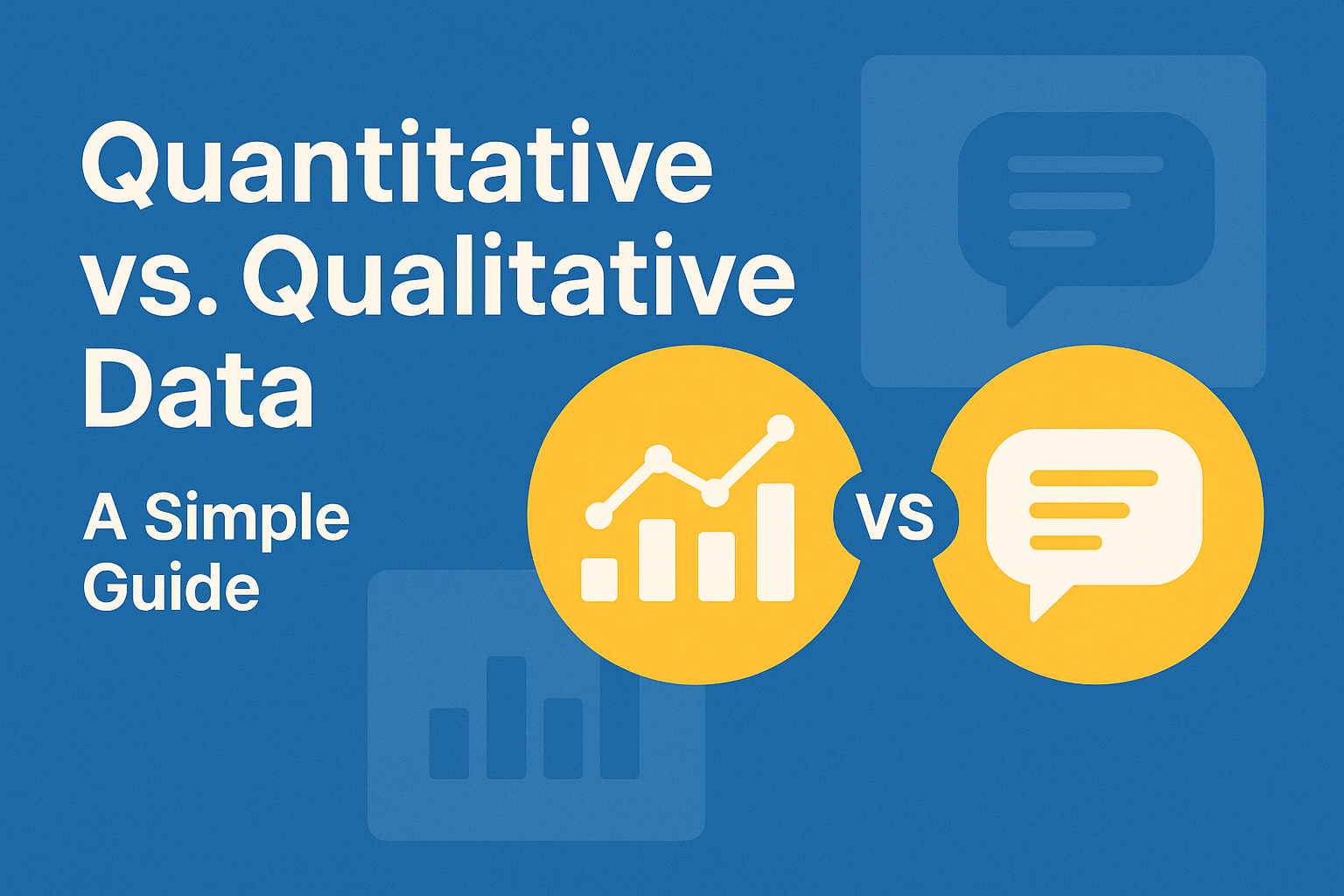Technical SEO is the backbone of any successful online presence. While it might seem complex and overwhelming, it’s crucial for businesses aiming to enhance their visibility and climb the ranks in search engine results. Neglecting technical SEO can lead to missed opportunities, lower rankings, and ultimately, less traffic. But the good news is that with the right strategies, you can simplify the process and see significant improvements.
In this guide, we’ll share 14 proven technical SEO tips that have delivered remarkable results for our clients, helping them boost their rankings and outperform competitors.
The Ultimate Technical SEO Strategy Tips For Your Website
Here are the ultimate technical SEO strategy tips to increase your online visibility:
1. Use SSL
If you’re looking to improve your website’s SEO, consider installing an SSL certificate. Without getting too technical, SSL certificates replace the typical insecure HTTP protocol your browser uses while on a website with a more secure version, HTTPS. If you find it difficult, you can hire a professional Houston SEO company like Clayive Digital to help you make an effective technical SEO strategy for your law firm’s website.
In addition to being a security measure, it is also an important ranking factor. It has been announced by Google that they want websites with secure connections only – so if you’re looking for more success on the search engine rankings list then now would be time to get your site updated!
2. Leverage UGC Beyond The Product Page
UGC has the power to make or break your brand. Make sure you take full advantage of all that juicy user-generated content by making it easy for users who leave reviews on certain products and pages, such as category listings pages with little else in them but review data!
3. Use “Other Users Found This Document For”
You can make your site more valuable with recent search data. Extracting insights from that information is a great way to turn on-page uniqueness into something even better, like ranking higher in search engine results!
There are many ways you could go about doing this, though, and one thing we recommend highly as well – making sure people know they’re looking at an optimized website by having the right tone of voice when presenting content or answering questions.
4. Consider Delivering Search Engine Friendly URLs In Your Internal Site Search Results
Internal site search pages are just as important to your business’s online presence and revenue potential, so why not spend a little extra time creating links that work? You can create new content types down the line by investing in a good URL structure now.
It is interesting to see how people link their rankings page using breadcrumbs instead of URL rewriting.
5. Microformats Are Really Gaining Traction – Be Creative With Them
By applying micro formatting to your website, you can syndicate formatted data across different internal pages and category listings. This makes it easy for anyone visiting an event page or product listing on your site – they know what type of information will be found there because all relevant mark-ups have been used!
6. Work Hard To Resolve Errors And Improve Site Speed
It’s critical to keep your site performance in check because Google has placed it at the top of its agenda.
Suppose you have issues with slow loading or error-prone pages. In that case, visitors will quickly go elsewhere and never return, which hurts SEO and customer value due to low repeat visits from potential customers who would otherwise be converting into loyal followers if they enjoyed a seamless browsing experience on every visit!
7. Watch Your Homepage Title In Google’s SERPs
Google is not always the most honest company regarding search engine optimization. They’ll try their hardest, even if they don’t know what’s best for you or your business! Luckily, some tricks can be used to get around this dilemma and help make sure potential customers see all we want them to.
8. Keep an Eye on Rankings – and React Quickly!
One of the most important aspects of search engine optimization (SEO) is monitoring your ranking and making sure you’re doing everything possible to stay ahead of the competition. Thankfully, there are tools that make this much easier and can help you get back on track quickly if anything happens.
9. Create a Robust Internal Linking Structure
Internal linking is an often overlooked, but extremely important part of effective SEO. By creating a strong internal linking structure, you can ensure that visitors to your site stay longer, explore more pages, and ultimately convert at a higher rate.
10. Optimize Your Images for SEO
Images play a huge role in modern website design, and they can also be a major factor in your technical SEO strategy. By optimizing your images for search engines, you can improve your site’s visibility and drive more traffic to your pages.
11. Monitor Your Website’s Traffic and Rankings
It’s important to keep track of how your website is performing both from a traffic and SEO standpoint. By monitoring your website’s traffic and SEO rankings, you can identify any areas that need improvement and make the necessary changes to boost your performance.
12. Optimize Your Website for Mobile Devices
With more people using mobile devices to access the internet, it’s important to make sure your website is optimized for these devices. If your website isn’t mobile-friendly, you’re likely losing out on potential traffic and sales.
By optimizing your website for mobile devices, you can ensure that everyone who visits your website can easily navigate it and make purchases.
13. Publish Useful and Engaging Content
One of the best ways to improve your website’s traffic and SEO is to publish useful and engaging content. This type of content will help keep visitors coming back to your website, and it will also help improve your site’s search engine rankings.
By publishing high-quality content on a regular basis, you can improve your website’s traffic and SEO.
14. Improve your site’s speed
One of the most important aspects of technical SEO is site speed. Site speed is a ranking factor for both Google and Bing, so it’s important to make sure your website loads quickly.
There are a few ways to improve your site’s speed, such as optimizing your images and using a content delivery network (CDN). You can also use Google’s PageSpeed Insights tool to get tips on improving your site’s speed.
Conclusion
Mastering technical SEO may seem like a daunting challenge, but these 14 actionable tips provide a clear roadmap to improving your site’s performance and visibility. By implementing SSL, optimizing for mobile, improving site speed, and leveraging user-generated content, your website can stay competitive and attract more visitors. Remember, SEO is not a one-time task—consistent monitoring and updates are key to long-term success. By following these best practices, you’ll be well on your way to enhancing your website’s rankings and growing your business.
Abdullah is an SEO Executive with 3 years of experience. He is known for his ability to craft and execute successful SEO campaigns. He has a knack for finding new and innovative ways to improve site visibility and attract more visitors. Abdullah is also an expert in SEM, PPC, and social media marketing. He is passionate about helping businesses achieve their online marketing goals. When he’s not working, Abdullah enjoys spending time with his family and friends. He is also an avid traveler and enjoys exploring new places.







